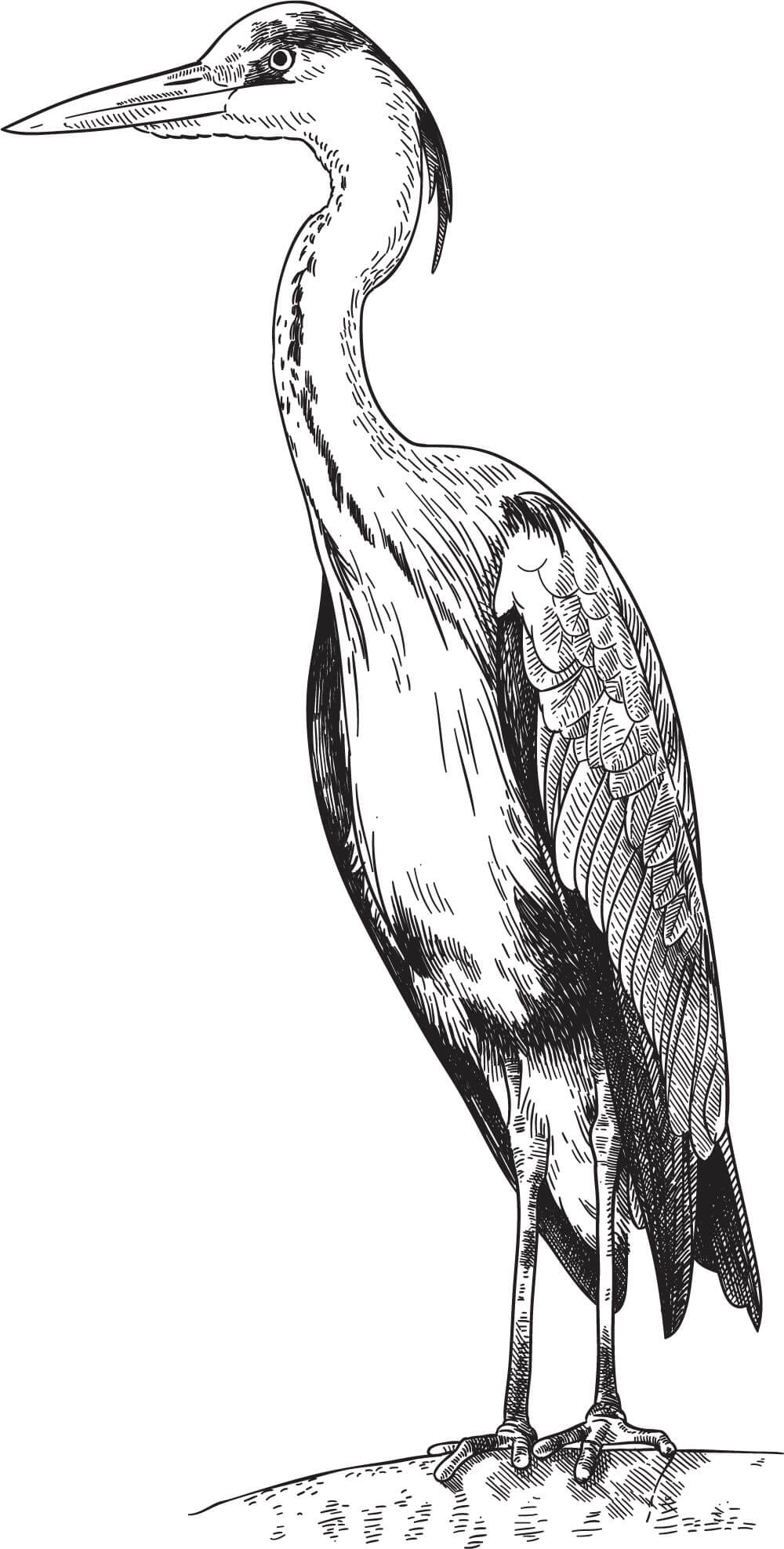Neighborhood Nature: Meet a Gopher Snake
Category: Blog, Family Friendly, IOOBY, Ocean Song, Rooting Youth in Nature, Youth Programs
By LandPaths Staff
April 29, 2020
This photo, taken by LandPaths Education Field Specialist Mineaux Gray, is of a Pacific Gopher Snake (Pituophis catenifer catenifer) at Ocean Song Preserve. The four-foot long reptile was basking on the trail leading from Solstice Hill to the main garden.
“We saw it in the trail on the way back,” recalls Mineaux. “The first thing I noticed from afar was the pattern on its back…and that it wasn’t moving. As we got closer, it still didn’t move so I wondered if it was even alive. We were nervous about passing it because the markings on its back reminded us of similar markings we’d seen on a rattlesnake and its tail was in the grass, so we couldn’t see if there was a rattle or not. But, as I looked from a safe distance, I noticed the narrow shape of its head and determined we were okay, as long as we moved slowly and respectfully.”
LandPaths’ Youth Initiative staff often model language used in Beetles, an outdoor field curricula from UC Berkeley’s Lawrence Hall of Science. When working with students, the Youth Initiative staff encourage scientific thinking and language by asking:
- What do you notice?
- What do you wonder?
- What does it remind you of?
To learn more about this activity click here.
So what about that Gopher Snake?
Because of the dark pattern on its back, this critter was given the Latin name catenifer or “chain-bearing.” If the markings make you mistake it for a rattle snake, you’re not alone. Gopher Snakes are great mimics! By mimicking rattlesnakes, they trick predators into staying away.
When threatened a Gopher Snake hisses loudly, shakes its tail, and flattens its head just like a rattlesnake does when it feels threatened. This behaviour, a harmless creature imitating a harmful creature, is called biomimicry. To help see through this fancy facade there are some things you can notice to spot the difference.
Hey, you’re not a rattlesnake!
Gopher Snakes….
- Don’t have rattles on their tails.
- Have a narrower, rounded head.
- Are often longer and skinnier than rattlesnakes.
- Have round pupils, while rattlesnakes have vertical pupils.
In addition, the Gopher Snake is non-venomous. And they help control rodent populations, including those pesky gophers! They they might not be venomous, but these deadly predators are able to kill their prey in seconds by crushing bones and stopping blood flow to their brains with powerful constriction! To learn more about these radical reptiles click here!


